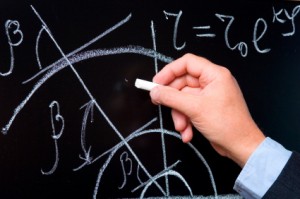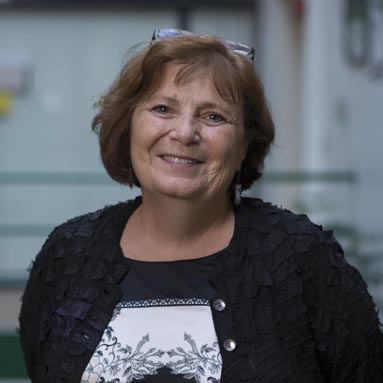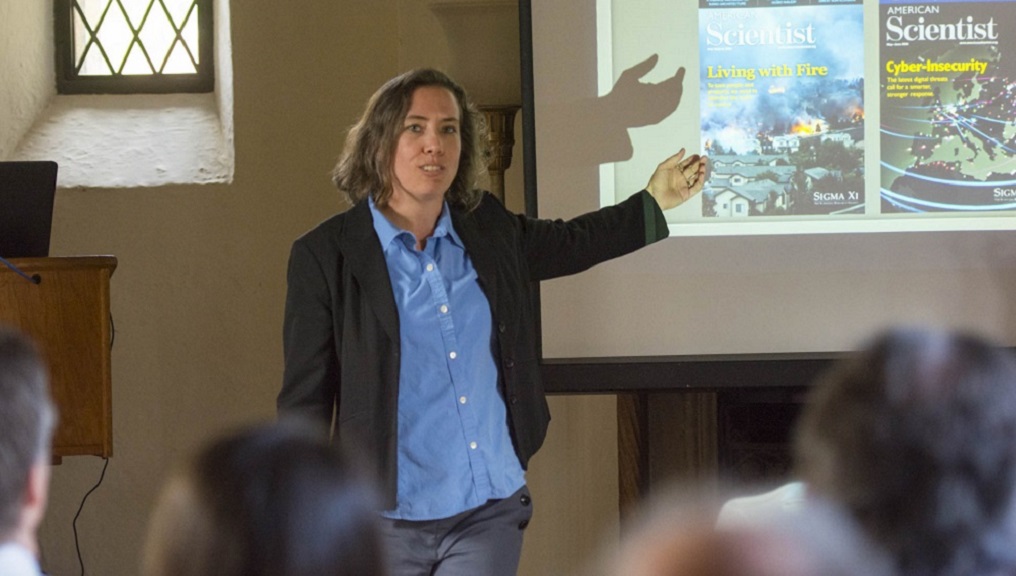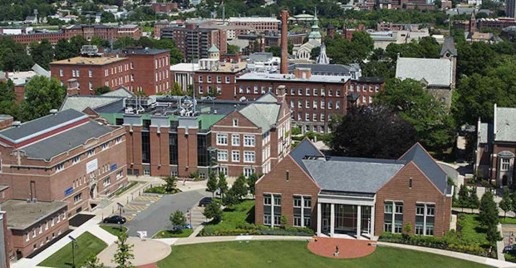 A thirst for knowledge drives all teachers and being able to pass that on to students is their special gift. So when an inspired teacher learns something new, the whole classroom benefits.
A thirst for knowledge drives all teachers and being able to pass that on to students is their special gift. So when an inspired teacher learns something new, the whole classroom benefits.
This fall, WPI begins its second year of offering a Master of Science in Physics for Educators (MPED) and a Master of Science in Mathematics for Educators (MMED), two innovative master’s degree programs for educators. Administered through the STEM Education Center, the content-heavy program lets teachers hone their understanding of their subject and learn new techniques for teaching students the material.
The approach suits WPI’s mission. “WPI has a balance between good, solid technology and science knowledge combined with evidence we have about how people learn,” says Karen Oates, Dean of Arts and Sciences. “Students today grew up in a certain environment and culture that is very different from the environment and culture their teachers went through.” This program, she says, helps educators learn how their ways of learning and their students ways of learning might be different and teach them steps to bridge that gap effectively.
What makes the program so forward thinking is that the majority of the credits are earned in the teacher’s content area, says Katie Elmes, assistant director of the STEM Education Center. “The types of programs that are out there for master’s degrees are often not content centered,” she says. “This program really gets into the details of their content area.”
The program is flexible and most teachers will take an average of three years to complete the requirements, says Elmes. And the class times, in late afternoons or evenings, make it possible for teachers to continue a normal class schedule while completing the program.
By delving into the content, educators are then able to return to the classroom with the techniques necessary to effectively teach students at both the highest and lowest levels of learning and ability. “They will have the tools to diversify how to present the content and the content knowledge to challenge even their highest achieving student,” Elmes says. If a teacher is only slightly ahead of students on the content being taught, they won’t be as confident teaching at all levels.
And the first group of teachers is already using what they learned last year, says Germano Iannacchione, director of the MPED program. “I have heard anecdotally they felt empowered enough to take [information] into the classroom in the way they saw fit,” he says. The direct access to information is a hallmark of the program. “I tell them, ‘I am not here to teach you how to teach,’” says Iannacchione. “I am here to teach you what to teach.’ The information is presented for educators to pass it on.”
Teachers who want to explore their content deeply or who want to engage students with new activities and techniques are drawn to this program, but so are career changers, as well. The program also helps teachers implement and analyze better assessments for their classes. With these tools, teachers see how their students are doing throughout the year instead of waiting for a year-end assessment.
And teachers are finding an added benefit to the new program – being able to interact with other teachers in the field. “In fields like physics especially, where you might be the only physics teacher in the school, you are not regularly getting a chance on a day-to-day basis to bounce ideas around,” says Elmes. “The teachers are loving coming together and being in the physics community. They are collaborating on ideas and ideas are being sparked on other things they can do.
“The more passionate the teachers are and the more supported they are, the more they can inspire students,” says Elmes.
Iannacchione agrees, noting that he hopes teachers will learn ways of fueling students’ love of sciences. “Imagine what would happen to excited minds who never lost that sense of discovery and wonderment,” he says, “and to see how far they can go.”
Julia Quinn-Szcesuil



